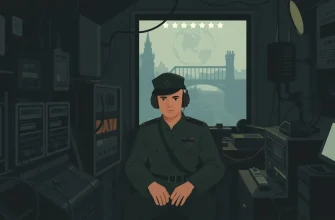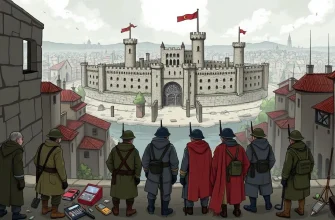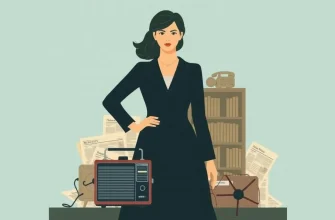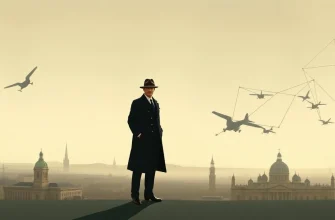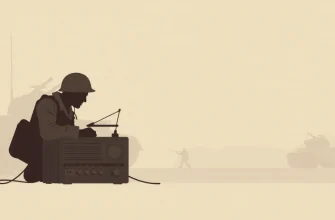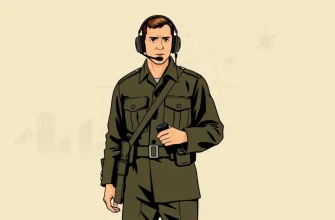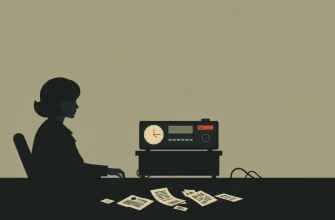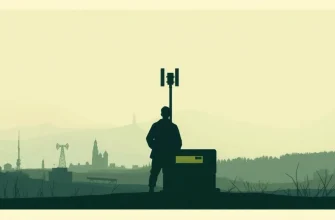In the vast tapestry of war films, there's a niche that often goes unnoticed: the stories of radiomen. These unsung heroes played a pivotal role in World War II, ensuring communication lines remained open amidst chaos. This collection celebrates their courage, dedication, and the critical impact they had on the outcome of battles. From the heart-pounding action to the quiet moments of tension, these films offer a unique perspective on the war, highlighting the importance of communication in the theater of war.
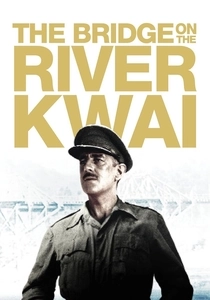
The Bridge on the River Kwai (1957)
Description: While focusing on the construction of the bridge, the film includes moments where radiomen are crucial for sabotage efforts and communication with the outside world.
Fact: The film won seven Academy Awards, including Best Picture, and is often cited for its anti-war message.
 Watch Now
Watch Now 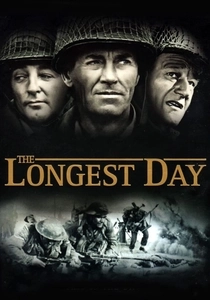
The Longest Day (1962)
Description: This epic war film captures the D-Day invasion from multiple perspectives, including the crucial role of radiomen who coordinated the attack. Their efforts were instrumental in the success of the operation.
Fact: The film was shot in black and white to give a documentary feel, and it features an ensemble cast including John Wayne, Henry Fonda, and Sean Connery.
 Watch Now
Watch Now 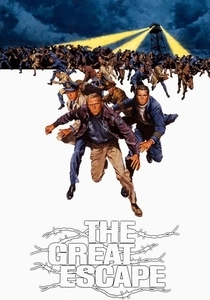
The Great Escape (1963)
Description: While primarily about a mass escape from a German POW camp, the film includes scenes where communication via radio is crucial for planning and executing the escape.
Fact: The motorcycle jump scene was performed by stuntman Bud Ekins, not Steve McQueen, although McQueen did most of his own stunts.
 Watch Now
Watch Now 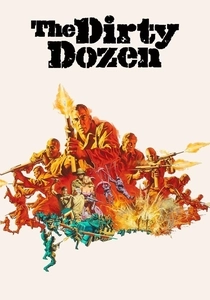
The Dirty Dozen (1967)
Description: This film about a group of convicts turned commandos includes scenes where radiomen are essential for coordinating their mission behind enemy lines.
Fact: The film was controversial for its portrayal of violence and its depiction of the military's use of criminals.
 Watch Now
Watch Now 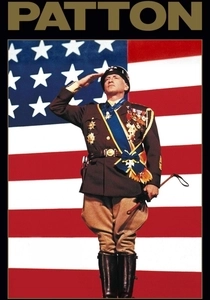
Patton (1970)
Description: This biographical war film about General Patton includes scenes where radiomen are pivotal in relaying orders and intelligence, showcasing their strategic importance.
Fact: George C. Scott won an Academy Award for Best Actor for his portrayal of Patton, but famously refused to accept it.
 Watch Now
Watch Now 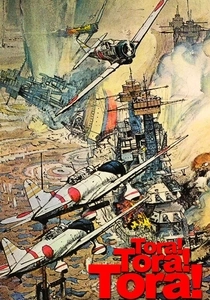
Tora! Tora! Tora! (1970)
Description: This film about the attack on Pearl Harbor includes the critical role of radiomen in both the Japanese and American forces, showing the breakdown in communication.
Fact: The film was a joint American-Japanese production, with separate directors for each country's perspective.
 Watch Now
Watch Now 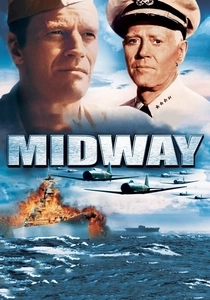
The Battle of Midway (1976)
Description: Radiomen are depicted as key players in the intelligence gathering and communication that led to the decisive American victory at Midway.
Fact: The film was made with the cooperation of the U.S. Navy, which provided ships, planes, and personnel for authenticity.
 Watch Now
Watch Now 
A Bridge Too Far (1977)
Description: This film about Operation Market Garden highlights the role of radiomen in the failed attempt to secure bridges in the Netherlands, showing their struggles and bravery.
Fact: The film was one of the most expensive ever made at the time, with a budget of $25 million.
 Watch Now
Watch Now 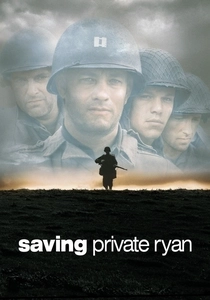
Saving Private Ryan (1998)
Description: While not exclusively about radiomen, the film showcases their importance during the Normandy landings, with scenes where communication is vital for the mission's success.
Fact: The opening sequence of the D-Day invasion was so realistic that it caused some veterans to relive their traumatic experiences.
 Watch Now
Watch Now 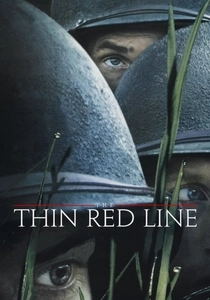
The Thin Red Line (1998)
Description: Set during the Battle of Guadalcanal, this film includes moments where radiomen are essential for coordinating troop movements and artillery support.
Fact: The film features a large ensemble cast, including many actors who were not credited, like John Travolta and George Clooney.
 Watch Now
Watch Now 

